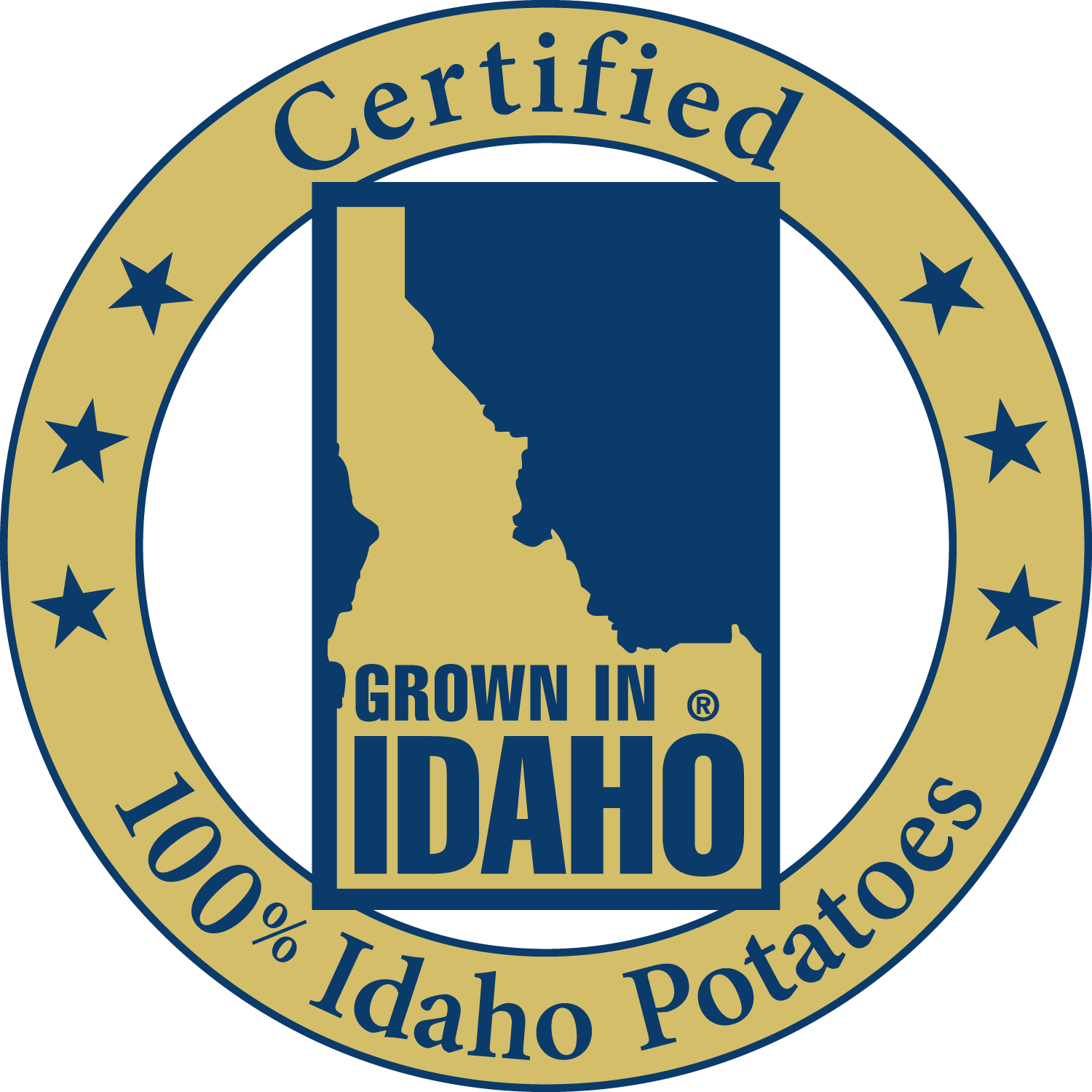Popular Tags
Ask Dr. Potato
With 939 posts, chances are there's already an answer to your question. Please try searching below before submitting a question to Dr. Potato. Use multiple words to help narrow down the results. For example, search for "potatoes" and "group" if looking for an answer on cooking potatoes for large groups.
Storing Potatoes
How to potato growers store their potatoes? Can I duplicate this?
You can come close to duplicating the results of how a potato grower stores potatoes by keeping the lids on the cartons or keeping bags covered and storing in the dark, keeping the temps at between 45-48 degrees F. If making French fries you may want to store at 55 degrees F.
The Idaho® potato harvest is a race to beat the hard freeze, which comes in late October. From the time the potato vines die or are killed, the decision to dig is put off as long as possible. This period just before the potatoes are dug is the first phase of maturing that is essential to the distinctive appearance and quality of the Idaho® Russet Burbank potato.
The outer cells phase in the “aging” process takes place in the potato cellar. A “sweat” period, which allows the field heat to leave the tubers, puts the potatoes in dormancy and prevents sprouting from occurring during early months of storage. The outer skin continues to take on the characteristics of coarse, reddish-brown homespun cloth, from which the name Russet Burbank was derived. Idaho® potatoes are not ready for distribution until this phase of the maturing process has been completed.
Exclusion of light, 95 percent humidity and ventilation systems that are thermostatically controlled to keep the air circulated at approximately 45*F., are conditions necessary to maintain quality, taste and texture.
This quality control helps Idaho growers and shippers meet the standards for the “Grown in Idaho®” seal and guarantees a year-round supply of Idaho® potatoes.
The Idaho® Potato Commission wishes to thank Dr. Gale Kleinkopf, Ph.D., Professor of Plant Physiology, University of Idaho, Research and Extension Center, for his expertise and assistance with the preceding information.
Share This

Dr. Potato isn't a real doctor but a team of potato experts ready to answer all your potato questions.
Click here to submit »
Dr. Potato Categories
The Idaho Potato Commission
Established in 1937, the Idaho Potato Commission (IPC) is a state agency that is responsible for promoting and protecting the famous "Grown in Idaho®" seal, a federally registered trademark that assures consumers they are purchasing genuine, top-quality Idaho® potatoes. Idaho's ideal growing conditions, including rich, volcanic soil, climate and irrigation differentiate Idaho® potatoes from potatoes grown in other states.
Contact
661 South Rivershore Lane
Suite 230
EAGLE, ID 83616
Phone: 208-334-2350
Fax: 208-334-2274
More

